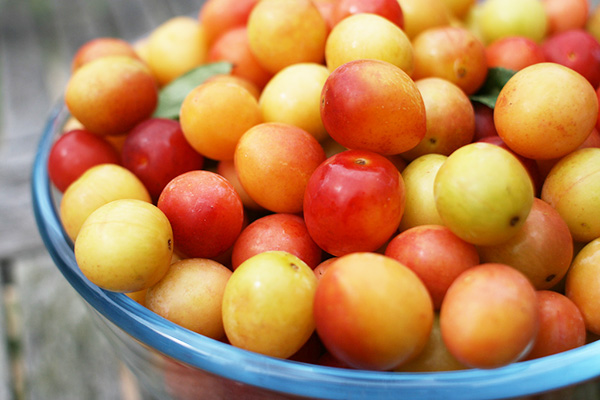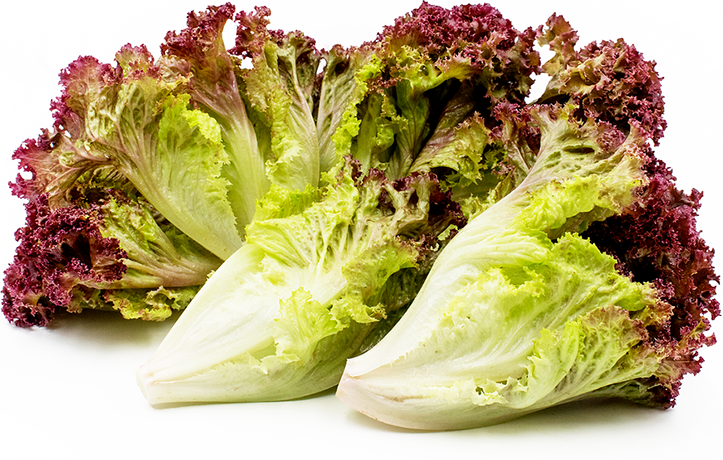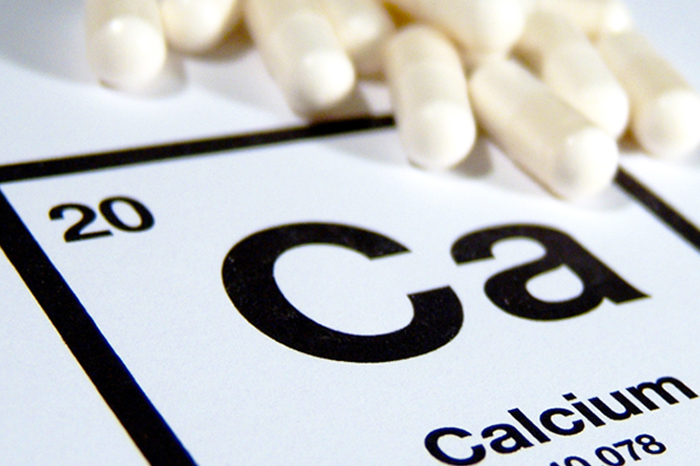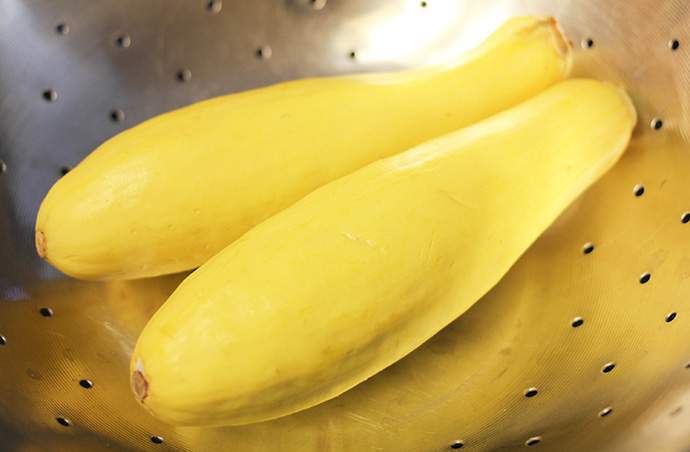Fruits and vegetables come in a wide variety of colors. According to health authorities, it’s a wonderful idea for your everyday diet to look like the rainbow — every meal should consist of fruits and vegetables from various color groups.
Needless to say, you shouldn’t stick to apples, cherries, strawberries, red bell peppers, radish and rhubarb each time just because red is your favorite color.
When it comes to eating, you should consume every fruit and vegetable of every color regardless which color you find attractive — this article will get you introduced to some of the reasons why.
Colors are Determined by Nutrients
According to scientists, the colors of fruits and vegetables are determined by the presence of the so-called phytonutrients — naturally-existing chemicals that protect fruits and vegetables from various threats such as bugs and the sun’s UV radiation.
What’s so amazing about phytonutrients other than the fact that they safeguard fruits and vegetables that contain them is that they have superb antioxidant properties.
Meaning to say, consuming some of the most colorful fruits and vegetables that you can think of allows your body to be supplied with an array of antioxidants. We all know the fact that antioxidants are good for us!
The colors of fruits and vegetables also provide clues on which nutrients they’re packed with. For instance, orange-colored ones such as apricots, carrots and squash are loaded with vitamin A. On the other hand, red-colored ones such as tomatoes and red bell peppers are packed with cancer-fighting lycopene.
Every Color is Considered as Healthy
We all know that white bread, white pasta and many other white-colored foods should be dodged. That’s because they’re out of refined grains. Grains are good for you only if they are not refined or processed. Otherwise, they can do more harm than good because they contain nothing but sugar.
Don’t be too quick to assume that just about anything white should be shunned, experts say.
When it comes to fruits and vegetables, you should also add white ones to your diet generously because they are loaded with nutrients. Some fruits and vegetables do not look white but they actually are especially if you remove the skin or peel. Some good examples of those are onions, radish and bananas.
Mixing and Matching is a Great Idea
Generally speaking, you are providing your body with more benefits the more varied your food choices are color-wise. It’s because certain fruits and vegetables go very well together, especially for the fact that some of them complement each other.
For instance, some of the best sources of iron — a nutrient your body needs for the proper synthesis of oxygen carrying red blood cells (RBCs) — are dark green leafy vegetables such as spinach, kale and Swiss chards.
Did you know that your body absorbs iron so much better with the presence of vitamin C? It’s for this reason why experts highly recommend everyone to enjoy their dark leafy greens with yellow- or orange-colored fruits as they are loaded with vitamin C.
Opt for the Colors of the Season
When shopping for fruits and vegetables, it’s also a great idea for you to focus more on those that are in season. There are many different perks to enjoy for getting your hands on items that are available abundantly for the time being.
For instance, scientists say that they’re loaded with nutrients — the weather and soil conditions are perfect for the generation of nutrients ideal for the season. For instance, during summer our bodies need lot of vitamin C for immune system-boosting and water for protection from dehydration and overheating.
Also, fruits and vegetables that are in season tend to have very little to no pesticides. Just like what’s mentioned before, phytonutrients are chemicals that provide much-needed protection from threats, so farmers do not really need to safeguard their crops with the use of pesticides.
And by the way, anything that’s in season is easier on the pocket, too!








